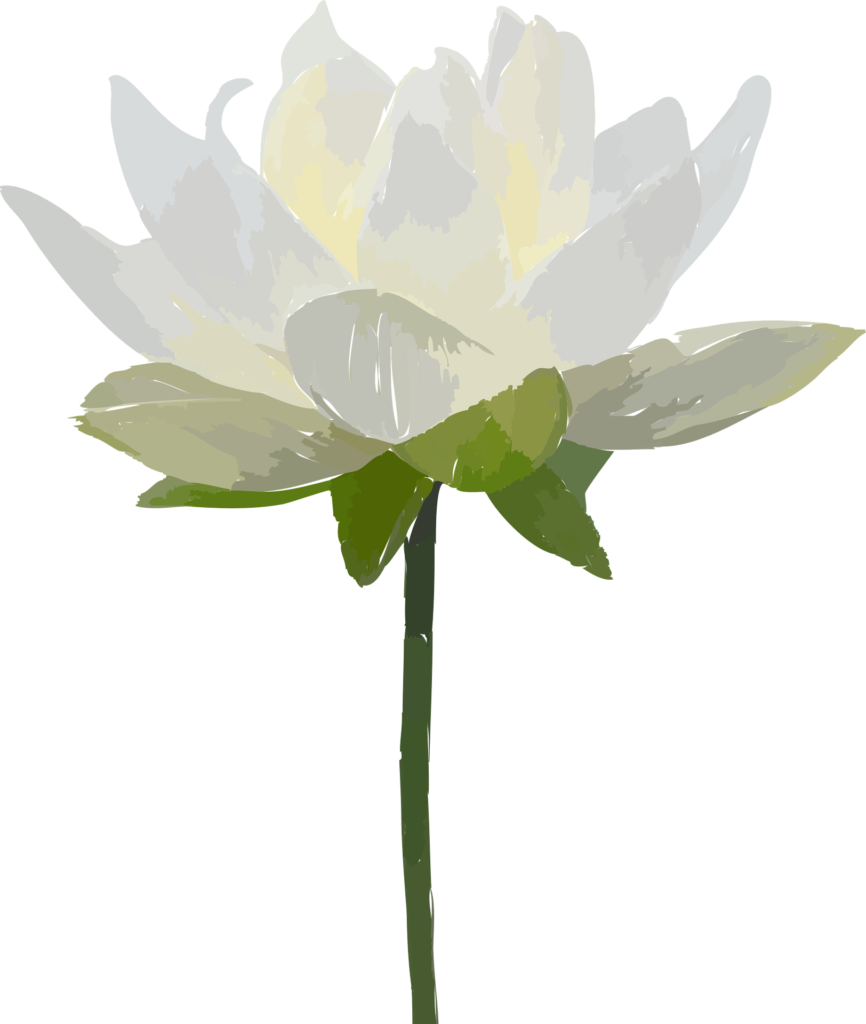The Invisible Scents: A Story of Emotions, Concepts, and Fragrances
In a quiet studio tucked away in a small city, a group of perfumers, artists, and philosophers gathered around a large, circular table. They were not just creators of scents but dreamers, architects of invisible worlds. Today, they were embarking on a unique journey: to craft fragrances inspired by objects and concepts that, in themselves, had no inherent smell. It was a challenge to transcend the physical and reach into the ethereal realm of emotion, feeling, and abstraction.
“Let’s begin with water,” one of the perfumers, Iris, said thoughtfully.. “It’s clean, fresh, and essential. But does it really have a smell? It feels like something—clear, almost intangible. How do we translate that feeling into a scent?”
The others were silent for a moment, contemplating the question. Water had no scent. It was neither sweet, bitter, nor floral. It was neutral—yet it carried the power of life itself. Iris’ mind wandered back to the sensation of diving into a calm lake, the cold embrace of water washing over her, the crisp freshness of air after a rainstorm. Water, she realized, wasn’t just a liquid. It was a feeling, a state of being.
“Perhaps,” said Laurence, a philosopher with a deep understanding of sensory perception, “we create a fragrance that evokes purity, tranquility, and refreshment. But it can’t be a literal interpretation. It has to be the emotion we experience when we drink water after a long walk, or the quiet of a rainstorm falling softly outside.”
The team dove into the delicate task of choosing ingredients that could embody this concept. They began with something transparent—a crisp, watery note, something akin to the feeling of a cool breeze on a hot day. Then they layered in subtle hints of fresh grass, soft florals, and a faint trace of sea salt, like a distant memory of the ocean. The scent was not the water itself, but the feeling of being immersed in it.
Next, they turned their attention to a concept even more elusive: “silence.”
“Silence has no smell,” said Aurelie, the head perfumer. “But it has a presence. It’s that peaceful stillness you feel when you step into a quiet forest or the moment before dawn when the world is holding its breath. It’s a concept we all understand, but how do we distill it into a fragrance?”
After long deliberation, the team decided to create a fragrance that was minimalistic, not overpowering, yet profound in its subtlety. They chose soft, powdery notes that felt almost absent, yet anchored the mind in quiet contemplation. A delicate touch of white musk, the softest whispers of vanilla, and a cool, almost metallic undertone. The result was a scent that didn’t invade the senses but gently invited them to pause and reflect.
As they moved from one abstract concept to another, they began to experiment with emotions as well. “Joy,” for example, was not simply a bright, citrusy note, but a playful blend of sweetness and light—a scent that danced like sunlight through the leaves on a summer day. “Loneliness,” on the other hand, was captured in a more melancholic way—a faint, cold smoke, the smell of old books in an empty room, a delicate reminder of solitude.
With each fragrance, the team explored how to transcend the literal and tap into the emotional and conceptual essence of a thing. They weren’t just creating perfumes; they were crafting atmospheres, moments, and memories that didn’t need to be seen or touched to be felt. Taking something that had no smell and turning it into a feeling people can wear has the power of creation. Scents —like water, silence, or love—are not bound by the physical world. It is a language of emotions, a way to make the invisible visible, to turn abstract concepts into something we could breathe in and carry with us, a scent that lingered long after the memory had faded.
And so, they shared their invisible fragrances with the world, knowing that sometimes the most profound things can only be felt, never fully described.


